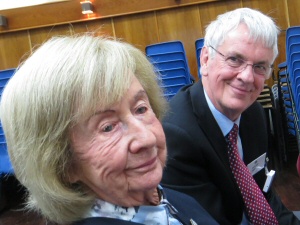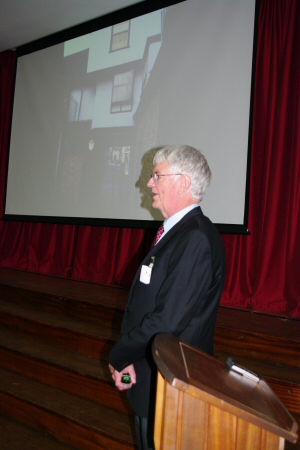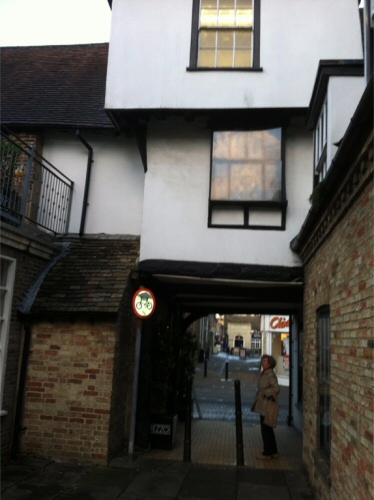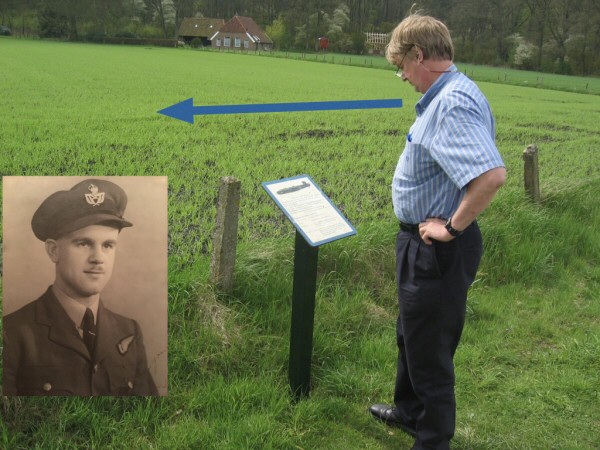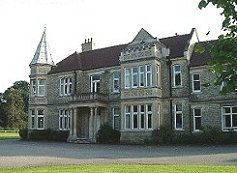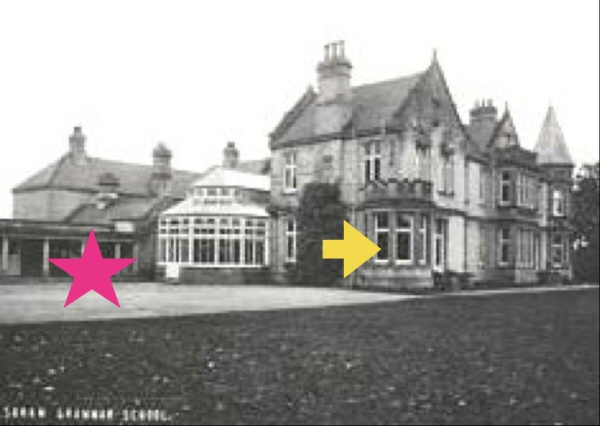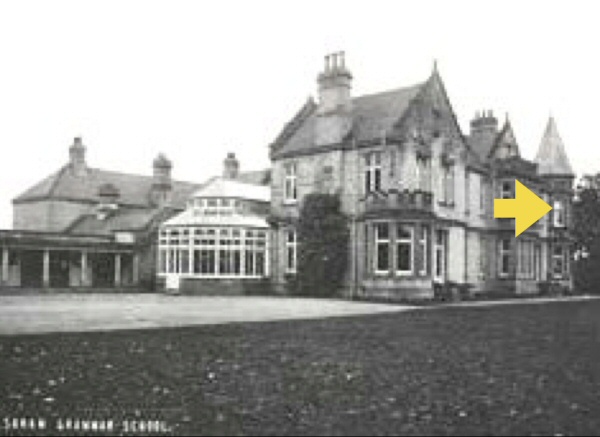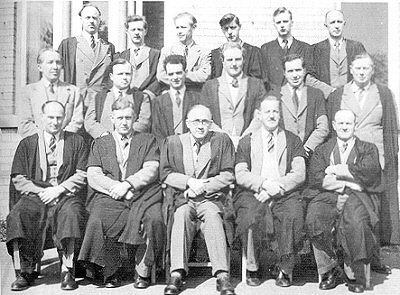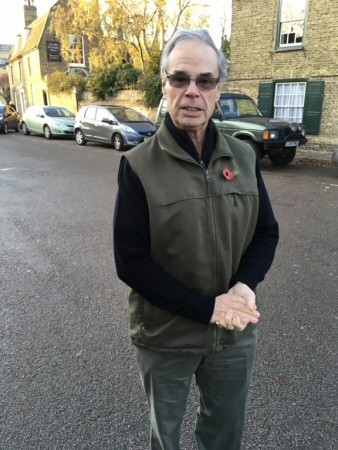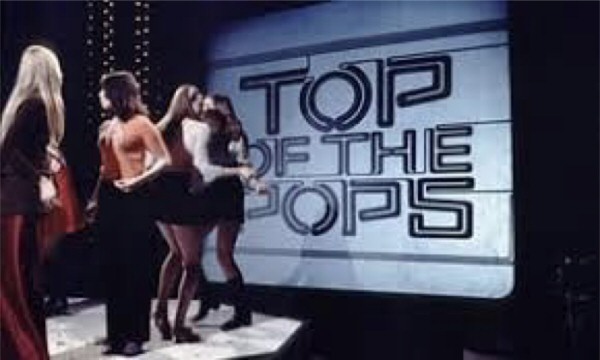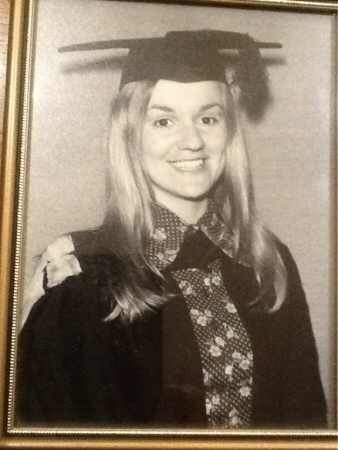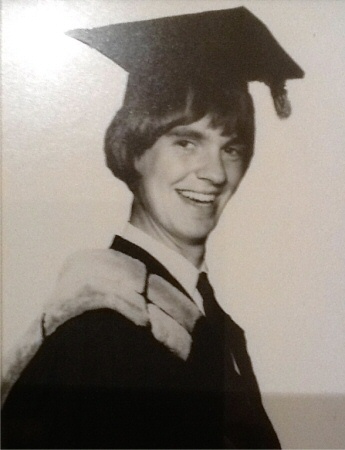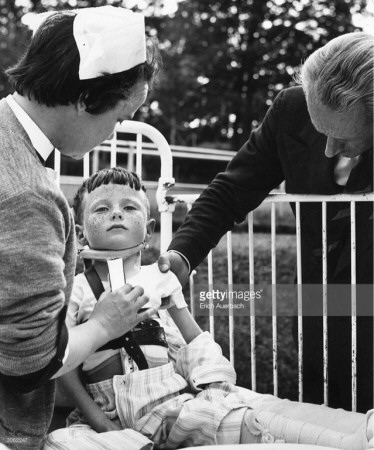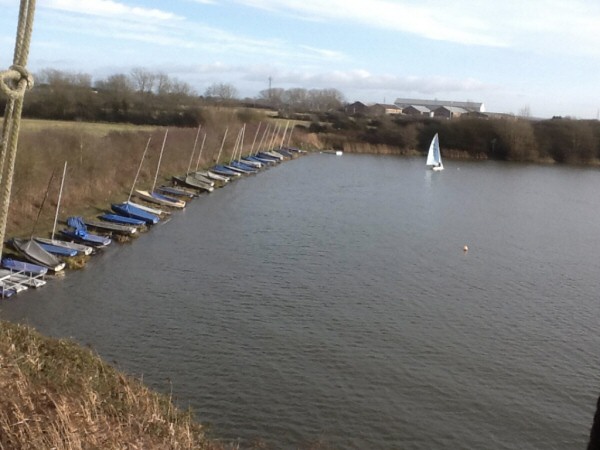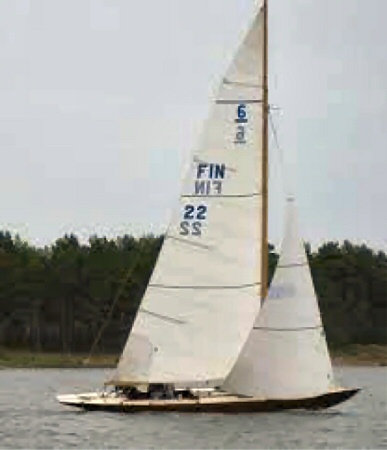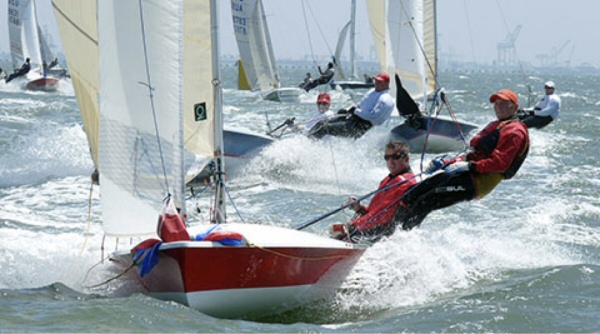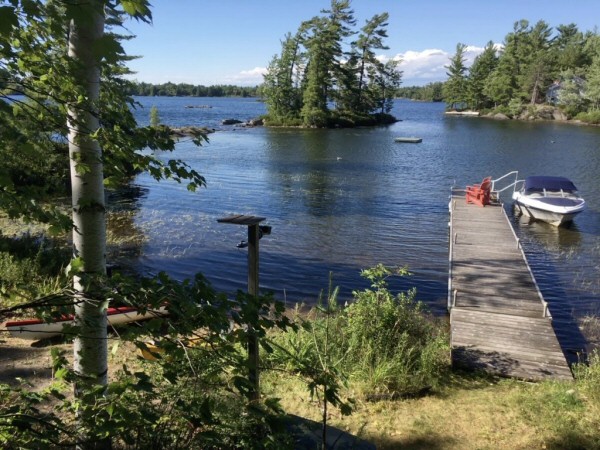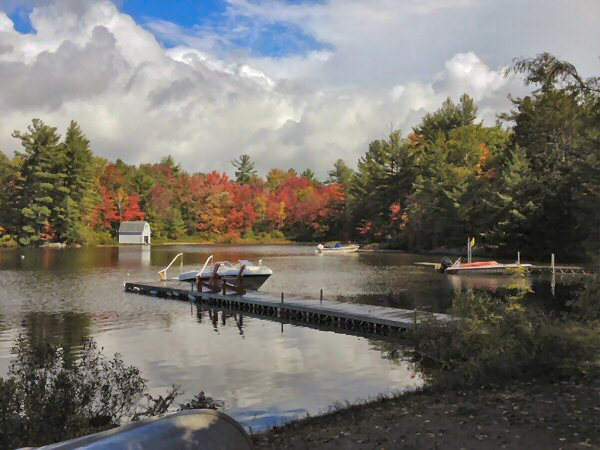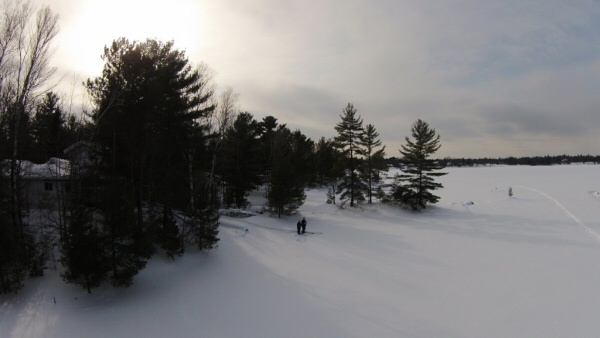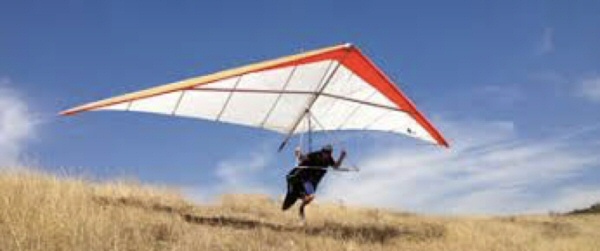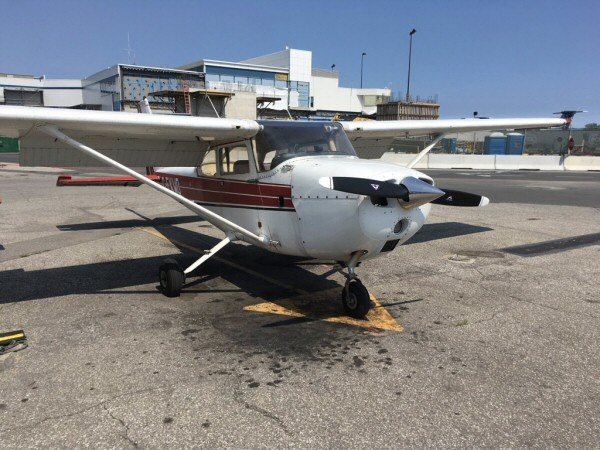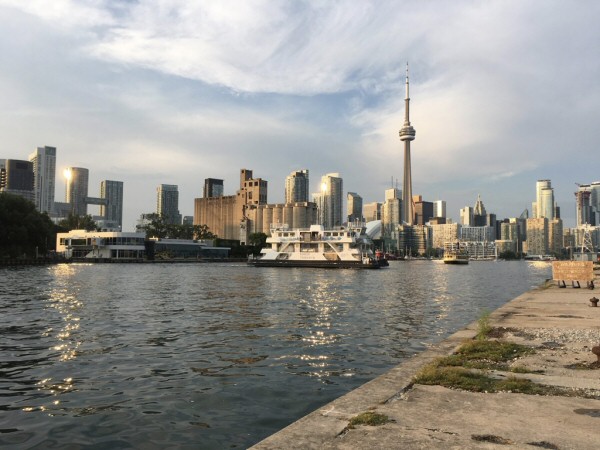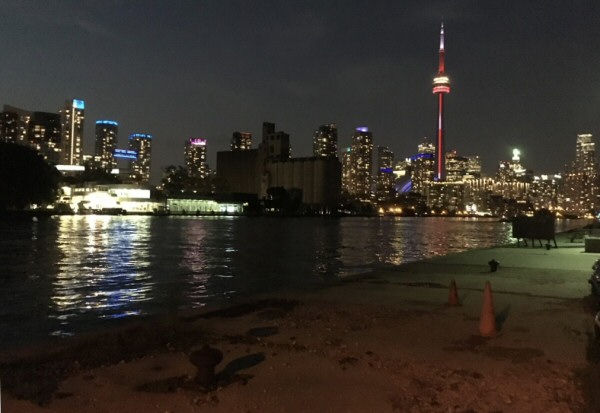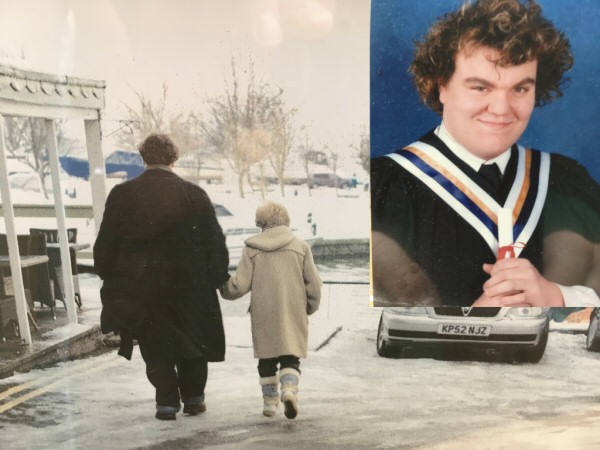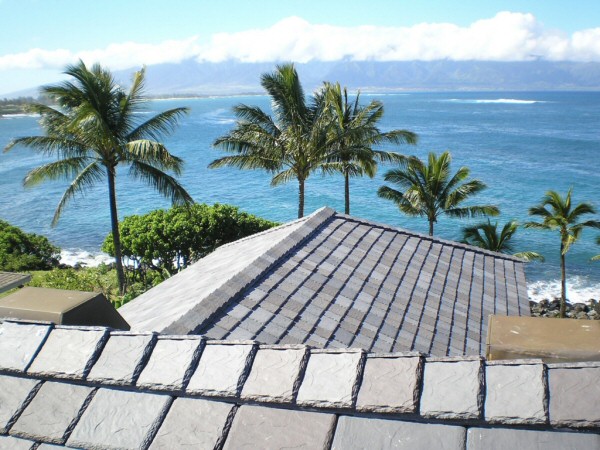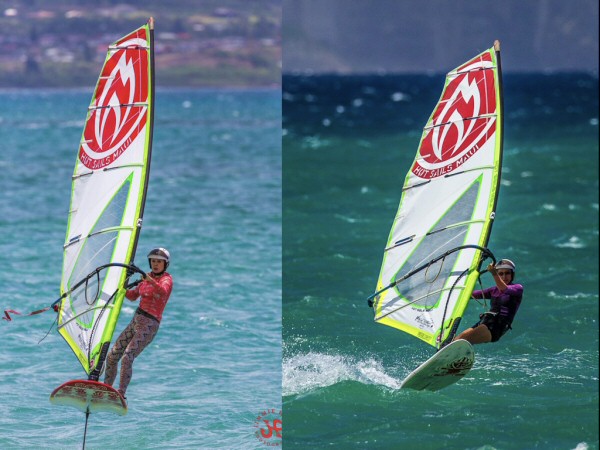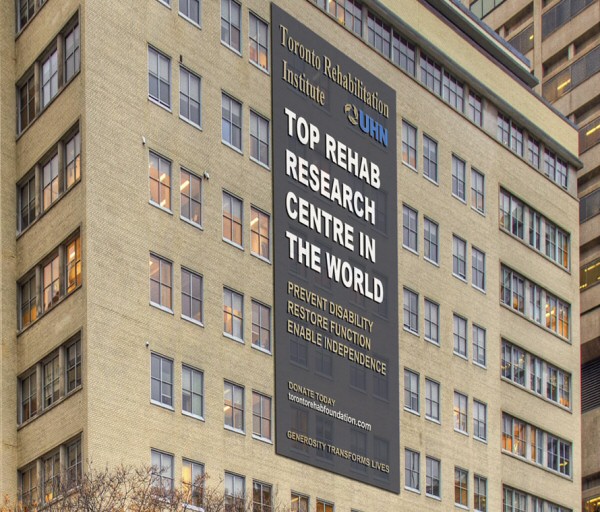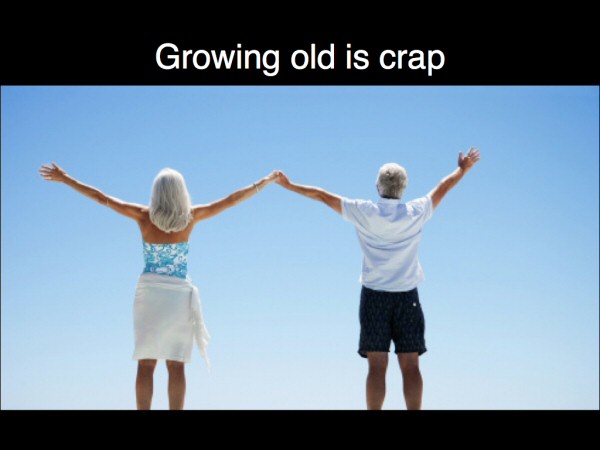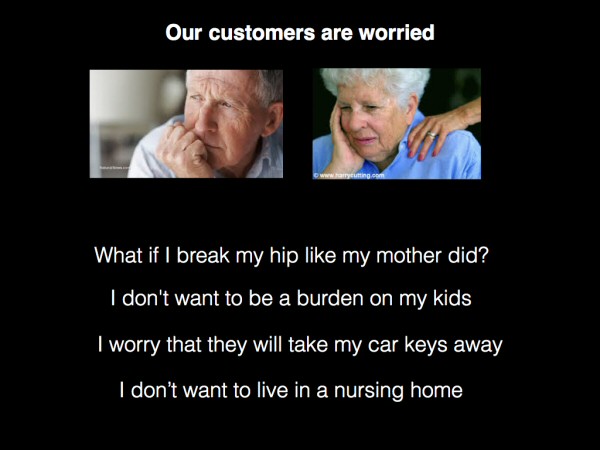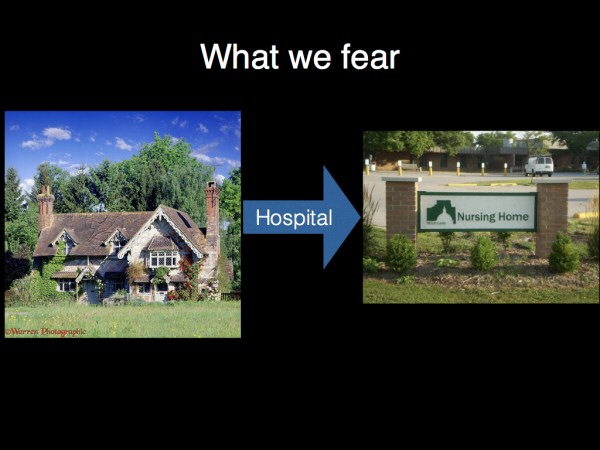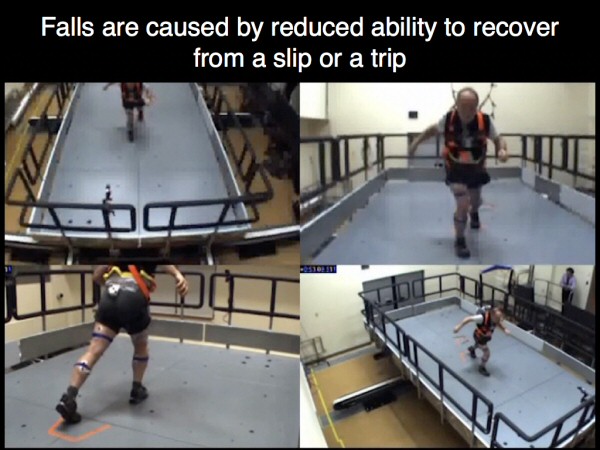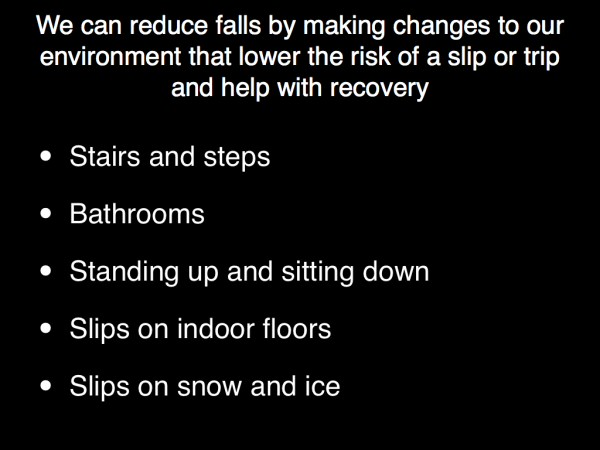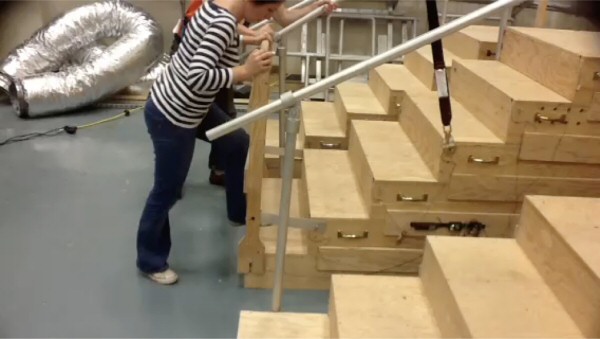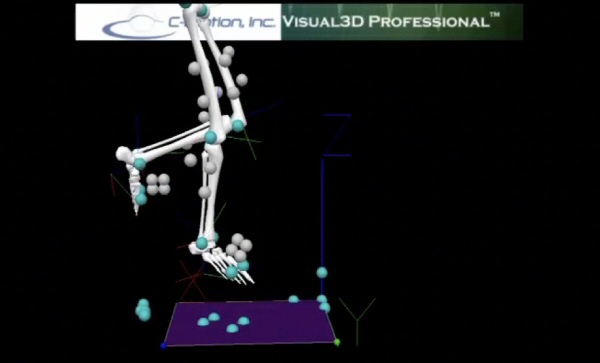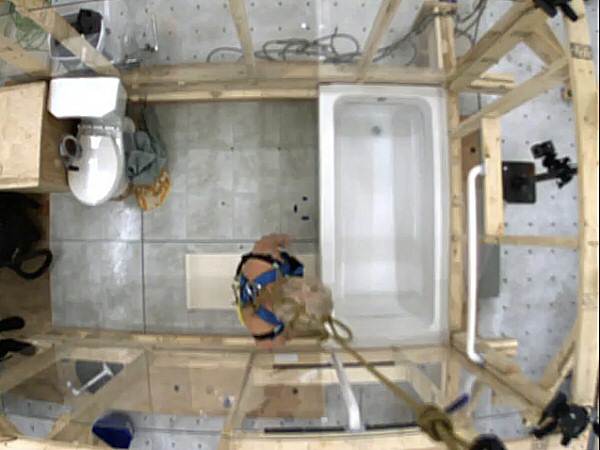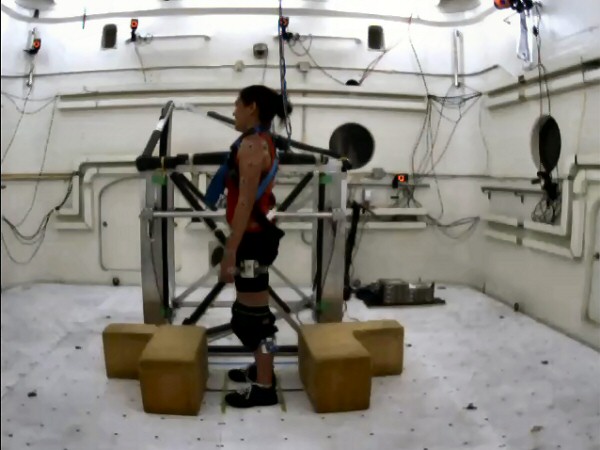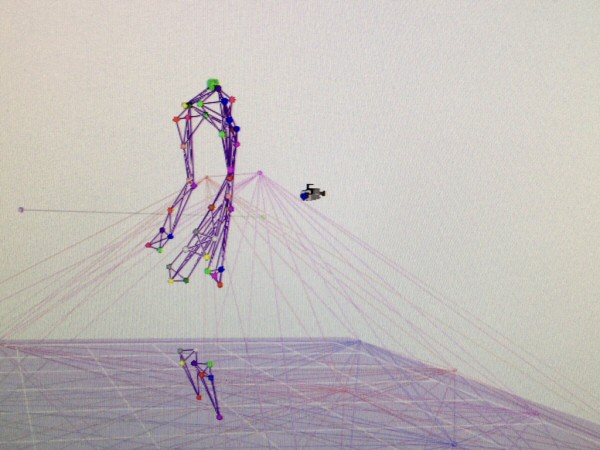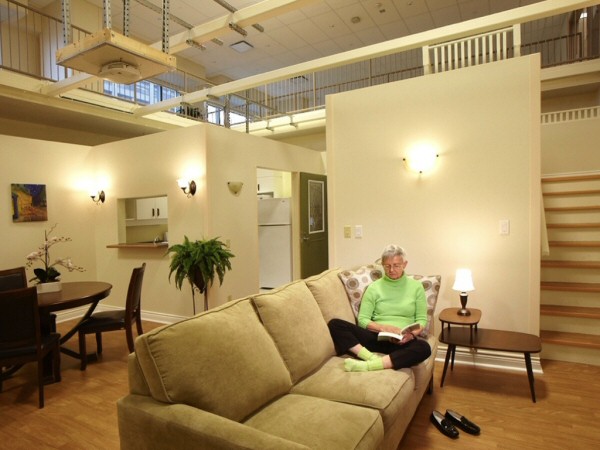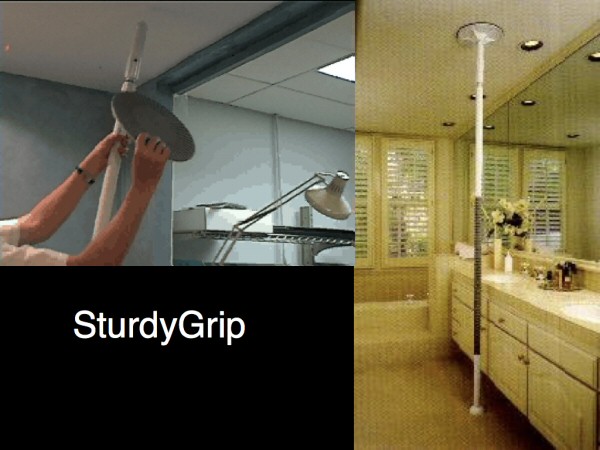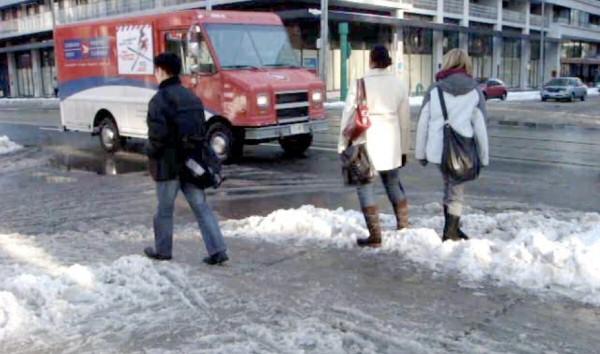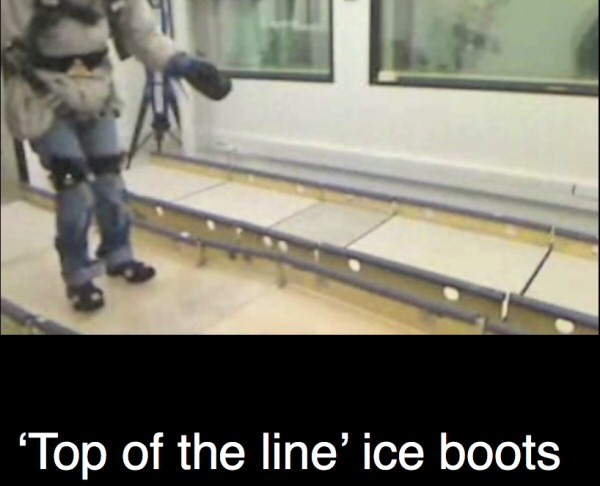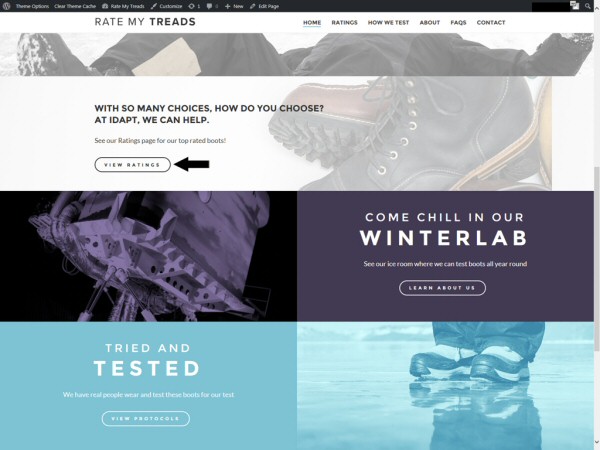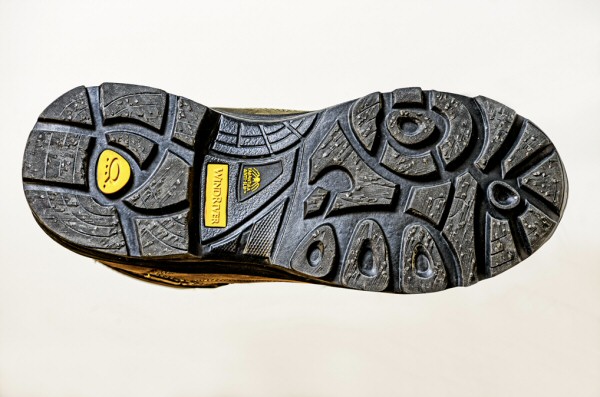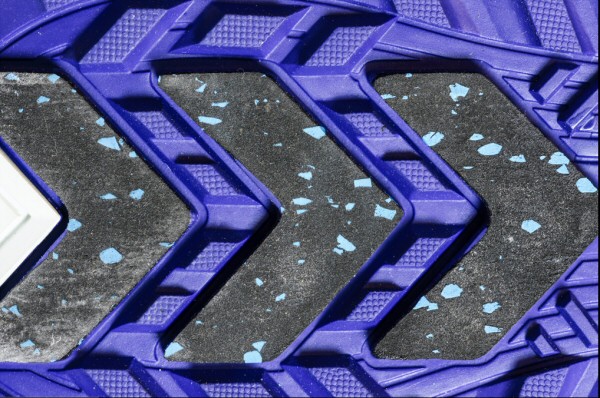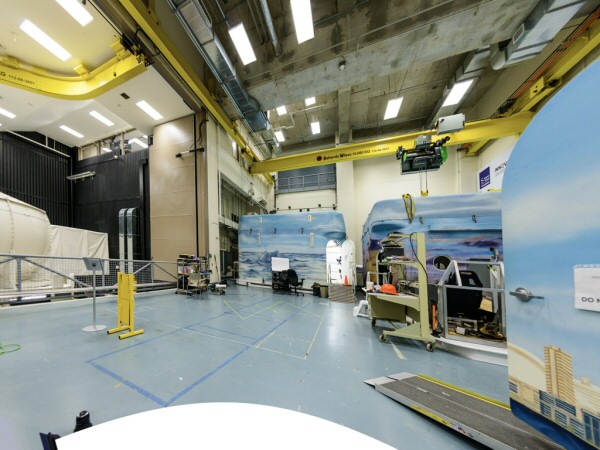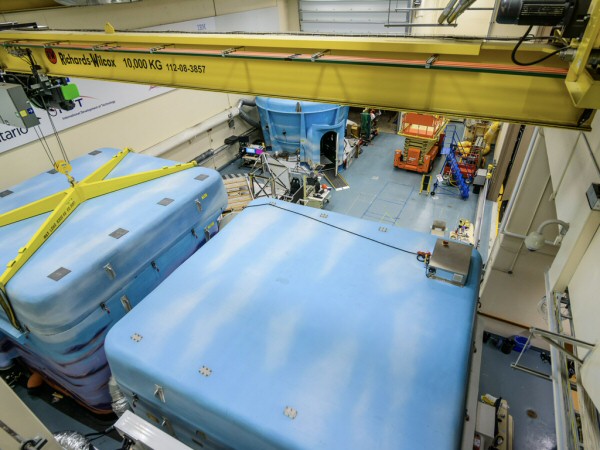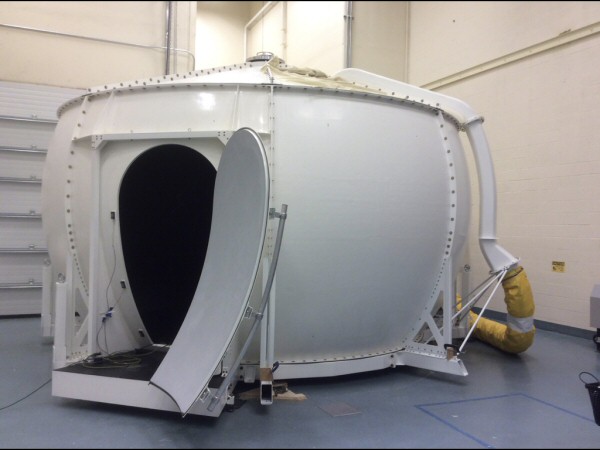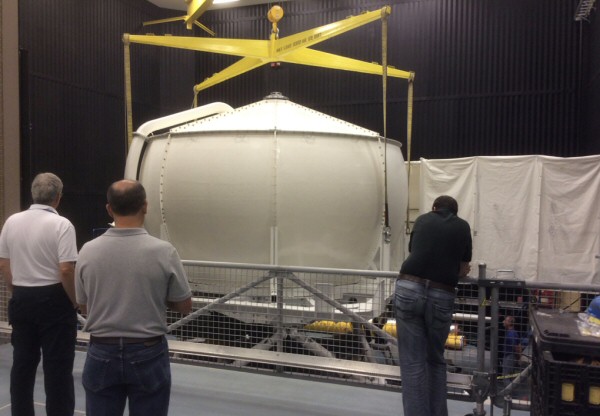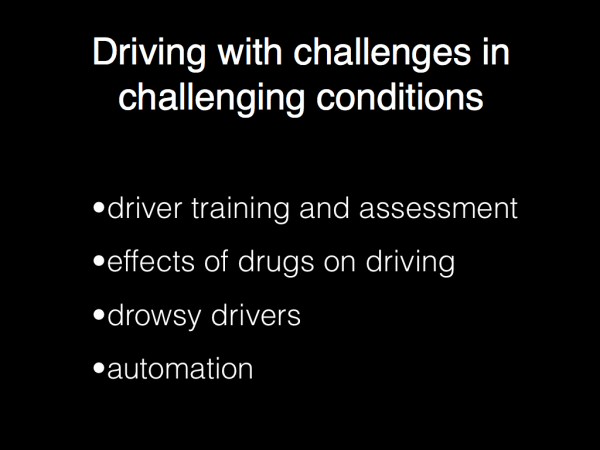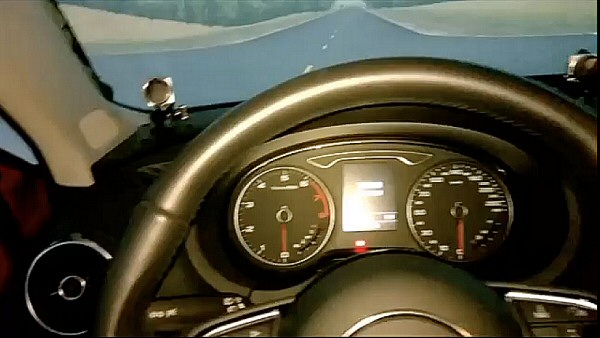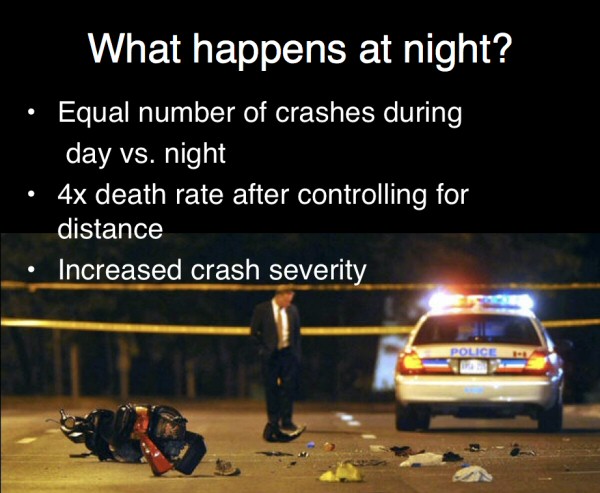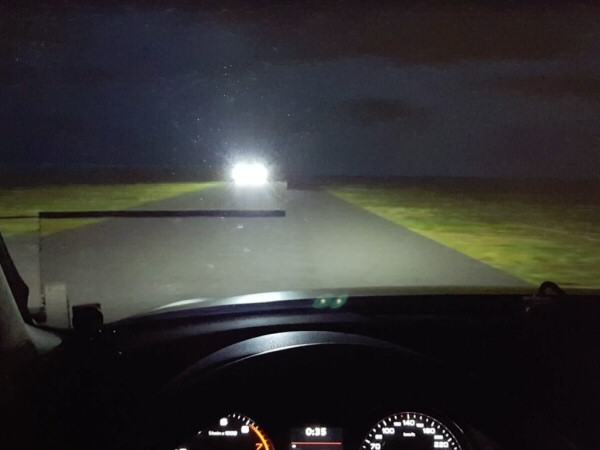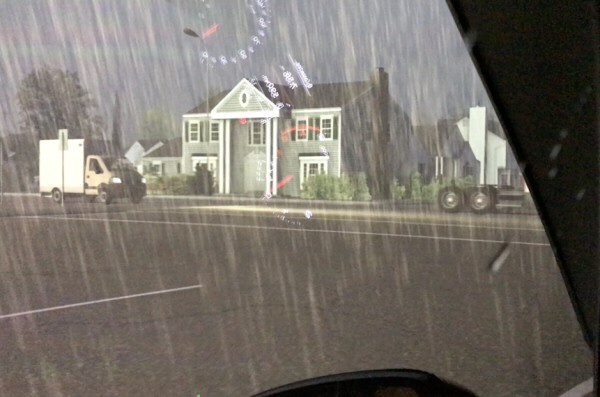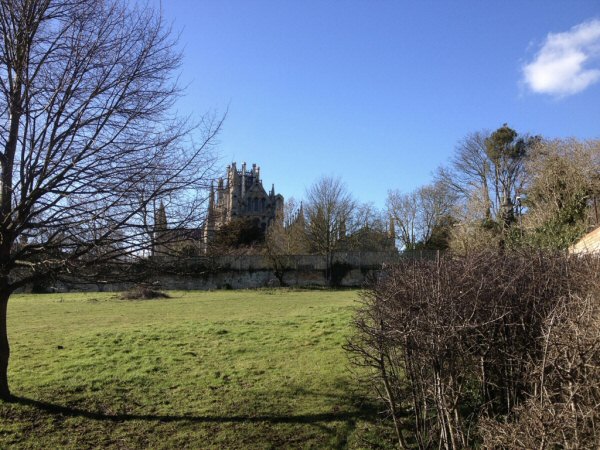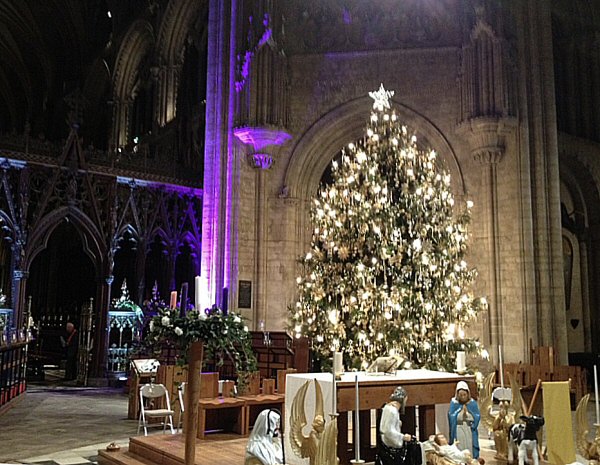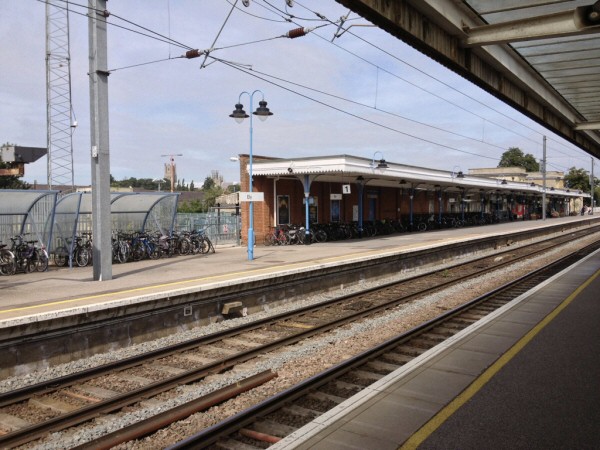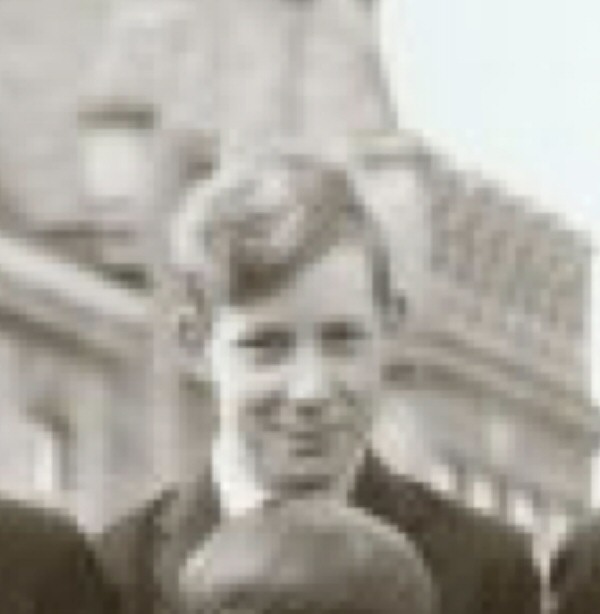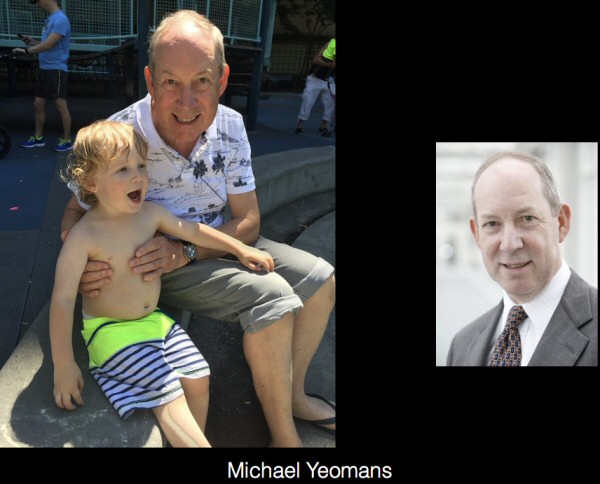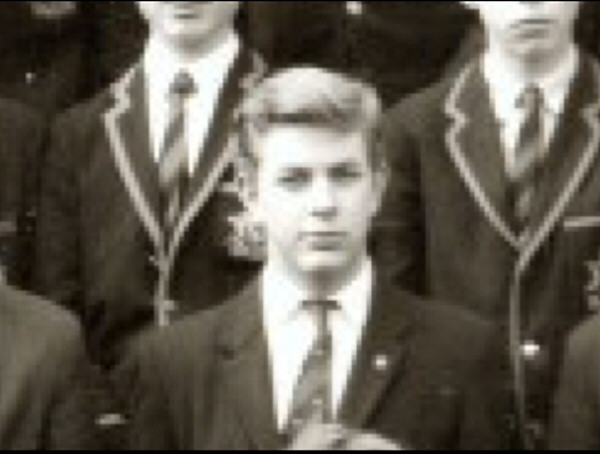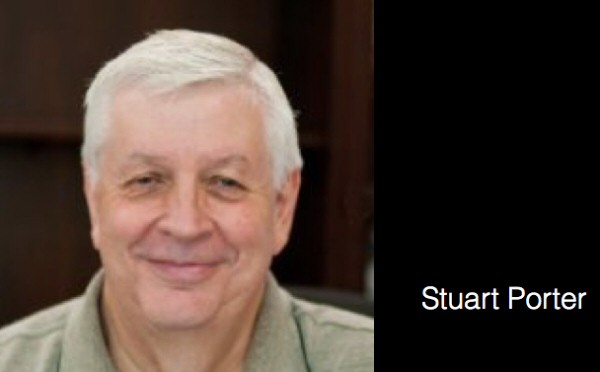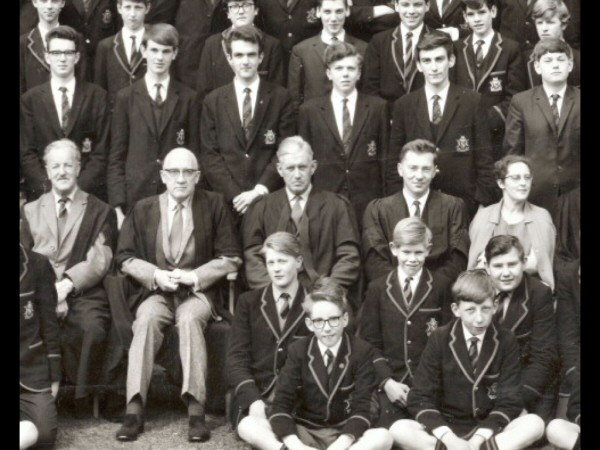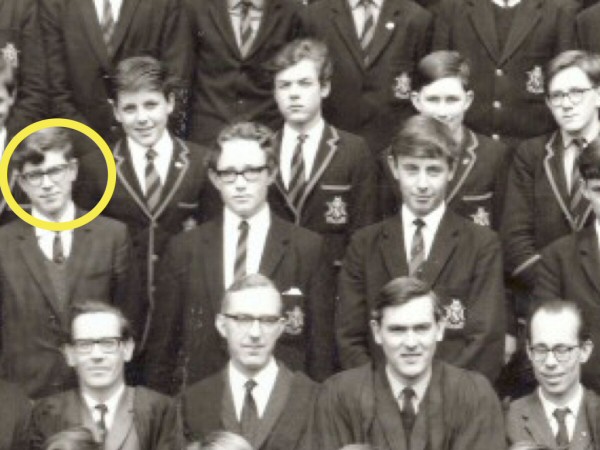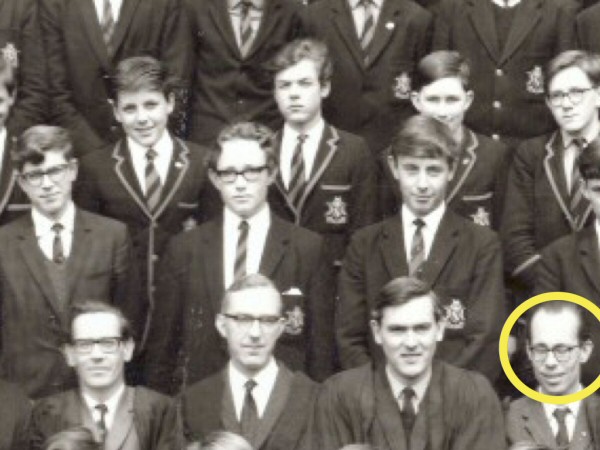Dr. Geoff Fernie Appointed an Officer of the Order of
Canada
Congratulations to Dr. Geoff Fernie (CM, BSc (Sussex), PhD
(Strathclyde), FCAHS, PEng, CEng), who was recognized with the Order of
Canada in late December 2017!
Created in 1967, the Order of Canada, one of our country’s
highest civilian honours, recognizes outstanding achievement, dedication
to the community and service to the nation. Close to 7000 people from
all sectors of society have been invested into the Order. Their
contributions are varied, yet they have all enriched the lives of others
and have taken to heart the motto of the Order: DESIDERANTES MELIOREM
PATRIAM (“They desire a better country”). Appointments are made by the
governor general on the recommendation of the Advisory Council for the
Order of Canada.
Dr. Fernie was named an Officer of the Order for “his advancements in
the field of rehabilitation engineering, notably in the development of
therapies and products designed to assist individuals with limited
mobility.”
With a cross appointment to the Rehabilitation Sciences Institute, Dr.
Fernie develops technologies for two broad purposes: To prevent injury
and disease; to help individuals and their family caregivers continue to
live in their own homes as they age.
Dr. Fernie has maintained a focus on the reduction of falls through the
development of innovative mobility products, non-slip winter footwear
and improvements to accessibility and building codes. He has made
significant advances in preventing hospital acquired infections by
improving hand hygiene. His recent involvement in the development of a
disposable instrument for home diagnosis of sleep apnea has the
potential to significantly reduce the prevalence of cardiovascular
complications resulting from untreated sleep apnea. Dr. Fernie has been
responsible for many products that assist people's independence,
including innovative wheelchairs and bathroom aids. Many of his
inventions have reduced the physical burden of caring for people,
including the prevention of back and shoulder injuries in professional
nurses and family caregivers caused by lifting and moving people.
page created 29 Oct 17: updated 11 Mar 19: Please contact
the editor if you can add to this page.
If you are interested in finding out more about the work
being done at Toronto Rehab you may like to use the following links:
Geoff Fernie message page on the iDAPT website message-from-the-institute-director
Video of Geoff Fernie and colleagues talking about their work https://www.youtube.com/watch?v=m_q4m4JiZhA
Videos on YouTube about Toronto Rehab https://www.youtube.com/results?search_query=toronto+rehabilitation+institute
